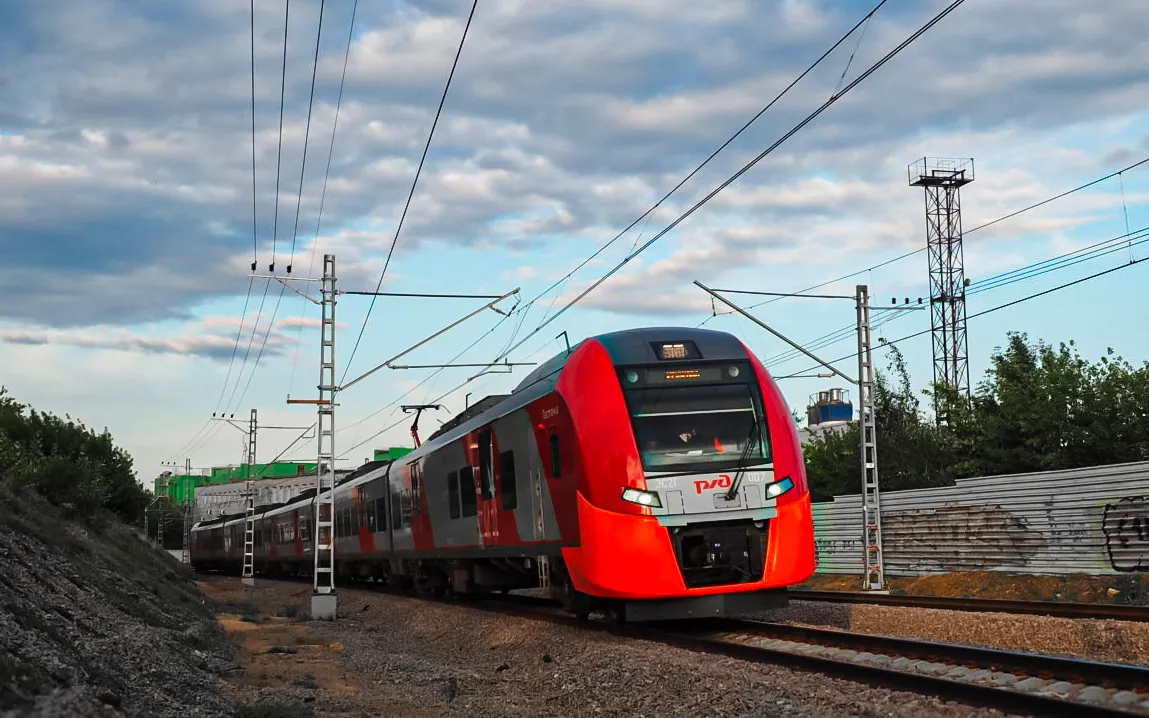The Rise and Stall of Cheap Flights
For years, budget airlines were a favorite for travelers who wanted to fly without spending too much. Carriers like Southwest, JetBlue, and Frontier built their brands around low fares and no-frills service. But now, they’re hitting unexpected turbulence.
Travel demand has cooled off, especially for short domestic trips. Many travelers, feeling the pinch of higher prices everywhere, from groceries to gas, are rethinking vacations. As a result, fewer people are booking flights, and low-cost airlines are feeling the squeeze.
Travelers Want More Than Just Cheap
It’s not just about fewer people flying. What travelers want is changing, too. There are more customers seeking comfort, convenience, and added perks now, even at a higher cost. This shift is pushing people toward bigger airlines that offer upgraded seats, onboard entertainment, and global routes.
Budget airlines, whose very existence was to keep expenses minimal, are now struggling to stay competitive. Though the significant thing was always the price, the travelers today want a better experience, not just a superior deal.
Big Airlines Are Holding Strong
Budget airlines are canceling flights and forecasting losses, while mid- and major airlines, namely United and Delta, are holding steady. The two airlines seem to have heavily invested in premium services and business travelers. Their long-haul flights get greater demand from higher numbers of travelers already arranging trips abroad.
These airlines have also built strong loyalty programs that keep customers coming back, even when prices are higher. Jamie Baker, an analyst at JPMorgan, said, “Much like how Southwest used to emerge stronger through downturns, this time we basically think it’s United’s turn, it’s Delta’s turn.”
Can Budget Airlines Keep Up?
Low-cost airlines are now trying to reinvent themselves. Some are adding more comfortable seating or adjusting schedules to fit changing travel patterns. Others are exploring new ways to attract flyers without losing their low-price appeal.
But finding the right balance is tricky. If they raise prices too much or try to act like full-service airlines, they risk losing their identity and their loyal customers.



